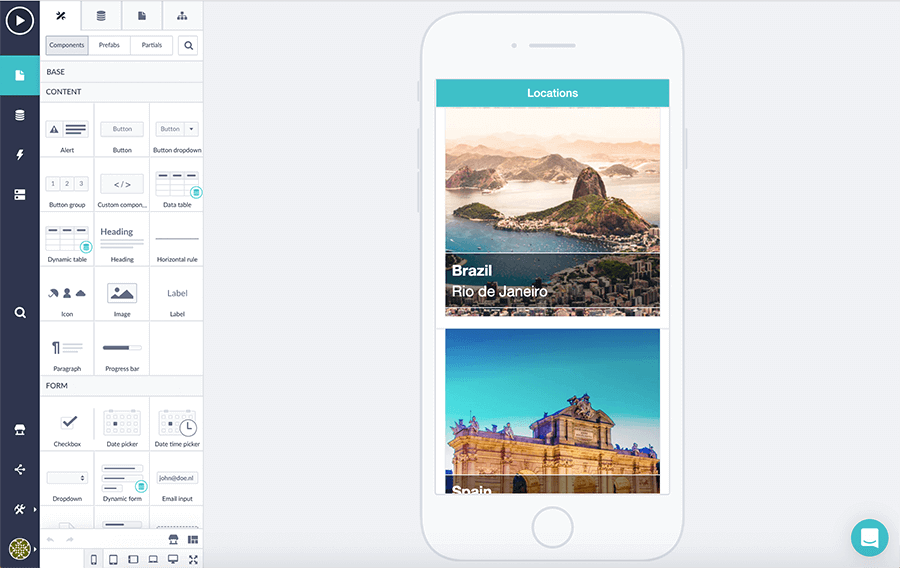Digital Transformation in Provincial Governments
How provincial governments are taking control of their digitization and driving true innovation with no-code
Governments are held to an extremely high standard by investors and citizens which means strict procedures are an absolute must.
For projects both in and outside of IT, the approval process is lengthy, with bureaucracy and budget limitations preventing any major development from ever even being considered.
Instead, third-party solutions that only cover 70-80% of a government’s needs are implemented as quick wins that only add to monthly costs and cut into already limited budgets.
With hundreds of processes in motion over multiple departments, any level of inefficiency creates an exponential time-cost for government workers, citizens, or partners. Likewise, optimizations through smarter software, artificial intelligence (AI), machine learning (ML), or no-code platforms support rapid application development (RAD).
According to a 2018 report by Granicus, “nearly three in four respondents (73 percent) said they were being asked to accomplish more with less budget”. The need to derive maximum value from technology and licenses has led to widespread no-code adoption, thanks to the agility of platforms like Betty Blocks and the comparatively low monthly fees that come with them.
Social services in any form play a vital role in a government’s operations. Put bluntly, happier, more engaged citizens are less of a financial drain on a government's resources than those without the means to communicate their problems effectively. No-code tools like Ikzoekjeugdhulp.nl which enable open, real-time communication between parties help by preventing real issues before communities or people are severely impacted.
Governments generate and collect immense amounts of data to literally keep a country running. Because of this, major steps are being taken to move information from local, decentralized servers to the cloud. Common Ground, a provision in the Netherlands, is one of the largest scale examples. This movement is set to enable cities, municipalities, and services to use their collective information for the betterment of hundreds of processes.
Speed and flexibility are an absolute must in the digital revolution. No-code platforms support RAD and enable professionals to build any application up to eight times faster than via traditional development methods. Due to the extremely short time-to-market, a no-code platform, combined with the RAD methodology is perfect for testing and further developing effective web applications.
Governments are typically traditional organizations where change on any level must be justified to decision-makers. This is a project killer for IT, who’s projects are difficult to quantify or explain to those outside the sphere. Simplification in the software development life cycle (SDLC) that helps stakeholders understand the process and components therein, can dramatically increase buy-in.

 Tom Uleman, City of Zaanstad Senior Information Manager
Tom Uleman, City of Zaanstad Senior Information Manager

For the government sector, a shorter time-to-market means less tax-payer resources spent in development while new services such as community portals and IoT infrastructure can be rolled out more frequently.
Because Betty Blocks operates 100% in the cloud, it sets you up to start reaping the benefits that cloud-computing offers right from the get-go. It also means security remains paramount, with instant and automated updates across all applications.
Betty Blocks ensures governments can innovate without limits while keeping core systems completely intact. Powered by modern technology like GraphQL, nothing needs to be dismantled in place of new systems ever again.


Betty Blocks is named as a Strong Performer in the Forrester Wave™: Low-Code Platforms For Business Developers, Q2 2019
Betty Blocks Named a Visionary in Gartner 2020 Magic Quadrant for Enterprise Low-Code Application Platforms
Government and citizen development
With Betty Blocks' drag-and-drop interface, municipal workers or even citizens can contribute to building innovative software solutions. Read more about citizen development here.

Enterprise-grade certainty
With powerful no-code tools and the flexibility to implement advanced code, no application or tool is out of reach. The only limit is your imagination.
© Copyright 2025. All rights reserved.